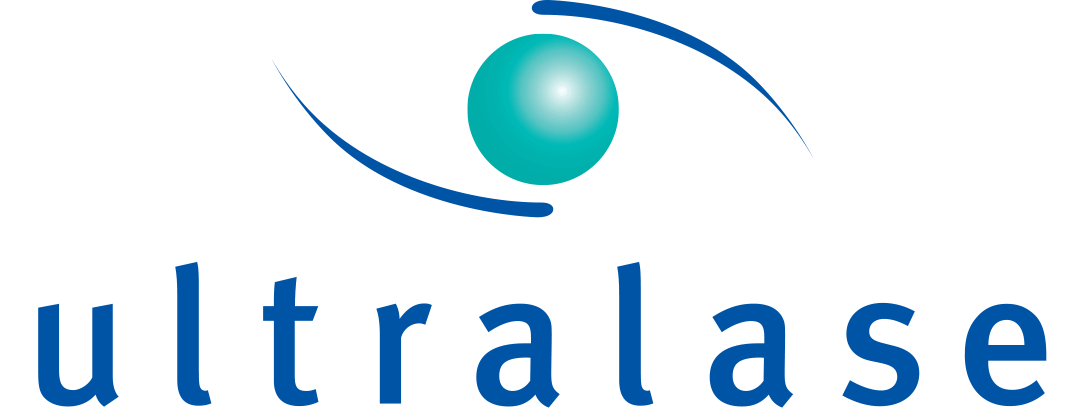LASEK Laser Eye Surgery
If you have a high prescription, thin corneas or take part in active contact sports, you may be more suitable for LASEK laser eye, as an alternative to LASIK laser treatment. This is due to the method used to remove the epithelium (the outer surface of your eye) before applying the laser, which differs significantly between LASIK and LASEK laser eye surgery.

What is LASEK eye surgery?
LASEK can treat a range of refractive issues, including near-sightedness, far-sightedness and astigmatism, but it is especially suitable if you are a patient with thinner corneas and if you participate in contact sports such as rugby or martial arts.
With the laser programmed specifically to your individual prescription, LASEK (also known as EPI-LASIK) laser eye surgery is the treatment of lasering the surface of your cornea under the epithelium (the transparent layer of cells covering the eye). The cells regrow naturally following LASEK laser eye surgery.
In LASIK laser eye surgery a flap is created in order to apply the laser to your eye. On rare occasions, with high impact to the eye, this flap can sometimes lift. For this reason, we recommend LASEK laser eye surgery, where no flap is created, to patients who participate in these types of sports.
How much is LASEK eye surgery?
We have a fixed price of £1,995 per eye for all laser eye surgery procedures at Ultralase, regardless of your prescription. This is because it doesn’t cost us anything extra to treat higher prescriptions so, to be fully transparent, we keep the price the same to reflect this.
The cost of laser eye surgery includes your initial consultation, surgeon assessment, surgery day, aftercare appointments, and a Lifetime Aftercare Guarantee.
What happens in the LASEK eye surgery procedure?
Anaesthetic
The first step of your LASEK laser eye surgery is the administration of anaesthetic drops to ensure you can’t feel anything. The eyelid holder is then gently placed onto your eye to keep it open during surgery. The clinic staff and the surgeon ensure that you are given anaesthetic before and during the procedure to make sure you are unable to feel any pain. Most patients report feeling a slight pressure on their eye during LASEK laser eye surgery, but some say they don’t feel anything at all.
Drops
Drops of an alcohol solution are administered to soften the corneal cells (also known as the epithelium). Once the cells are softened, the surgeon carefully moves the cells aside to access the part of the cornea which will have the laser applied to it. This part of the process is specific to LASEK laser eye surgery.
Cool beam laser
During LASEK laser eye surgery, the cool beam laser is applied to reshape your cornea. This laser is programmed to your exact prescription, which is checked and double-checked before being applied to your eye. The laser is on your eye for a matter of seconds.
Once complete
After the laser has been applied to your eye, the cells are then gently repositioned back into place and a special contact lens is put on your eye to aid recovery. As with LASIK, this LASEK procedure is blade-free (no blades are used in any of our laser treatments).
Recovery time following LASEK eye surgery is usually between 3-5 days as the epithelium naturally heals itself. We provide you with eye drops to help prevent infection, as well as protective eye shields to wear at night.
Your bandage contact lens is removed 3-5 post-surgery by Ultralase staff to ensure that there is no damage to your epithelial cells. For this reason, it is important that you do not attempt to remove the lens yourself.
At your lens removal appointment, your vision will be checked again and if the optometrist is satisfied with your vision, you will be approved to drive safely 3-5 days following your LASEK eye surgery. 99% of Ultralase patients achieve driving standard vision following their laser eye surgery!
Will you need glasses after LASEK laser eye surgery?
The results of your treatment should be permanent, unless your prescription changes again in the future. You will need reading glasses for close vision once you reach your 40s, as this is a natural part of the ageing process.
Laser eye surgery treats the front part of your eye, the cornea, while the need for reading glasses is to do with the lens inside your eye. As you become older, the lens hardens and becomes less flexible, struggling to focus on small print and close visual ranges. The need for reading glasses is something which is unavoidable, unless you have lens exchange surgery at a later date.
Life after LASEK eye surgery
Following your LASEK treatment you will be required to attend further aftercare appointments to ensure that your eyes are healing as expected. Most Ultralase patients are discharged after 3 months but, should your vision take longer to reach the desired outcome, we will continue to provide any medically necessary care until we are satisfied with your visual result.
Book in for your free* consultation or call us on 0800 988 6390 to speak to one of our customer advisers.
* We do require a £10 holding fee for a weekday consultation or a £30 holding fee for a Saturday, which will be refunded straight back to you after you have attended. There is no obligation to go ahead with treatment once you have had your consultation.
